Welcome to the world of robots and their different types, where machines are revolutionizing the way we live and work. From manufacturing to healthcare, defense, and education, robots have become an indispensable part of our lives.
In this blog post, we will take you on a journey to explore the different types of robots that exist in today’s world. We’ll dive into their history, evolution, and role in various sectors. We’ll also discuss the impact of robots on employment and the economy and address some ethical questions surrounding their use.
Let’s uncover the fascinating world of robotics and look into what the future holds for these intelligent machines.
Unveiling the World of Robots
The integration of robotic technology across various industries is increasingly evident in today’s landscape. Recent years have witnessed significant advancements in the field of robotics, shedding light on the diverse applications and potential impact of robots. From automated systems to streamlined processes, robots continue to play a pivotal role in revolutionizing different sectors, showcasing their versatility and adaptability.
Understanding the Concept of Robots
The capabilities of robots involve integrating artificial intelligence and physical form, enabling them to carry out specific tasks autonomously. They have diverse applications across industries, from stationary robots in manufacturing using robotic arms to mobile robots with facial recognition in outer space.
The concept of robots extends beyond traditional humanoid forms, encompassing a wide spectrum of systems designed for different tasks and purposes.
Significance of Robots in Today’s World
In modern society, robots have revolutionized manufacturing and industrial automation processes, enhancing productivity and innovation across various industries. Their impact extends to healthcare, entertainment, and space exploration, reflecting their growing significance in today’s world. From stationary robots to mobile robots, the applications of robotic technology continue to expand, making robots a significant presence alongside human workers.
A Dive into the History of Robots
The history of robots dates back to ancient times, with early inventions and automatons created by civilizations such as ancient Greece and China. However, the modern concept of robots emerged in the 20th century with the introduction of industrial robots for manufacturing purposes.
Since then, robotics has evolved rapidly, with advancements in technology and artificial intelligence leading to the development of various types of robots for different industries and applications. From early robotic arms in factories to humanoid robots and drones, the history of robots is a testament to human innovation and our desire to create intelligent machines.
Related: Robots vs machines
Evolution of Robots Over the Years
The journey of robots through time marks remarkable technological advancements and design innovation. From ancient myths to modern industrial machinery, their evolution spans diverse eras, reflecting human fascination with automation and artificial intelligence.
Over the years, robots have taken on various physical forms and functionalities, including the invention of the water clock, offering valuable insights into their future potential and possibilities.
What are the different types of robots?
The different types of robots include industrial robots, medical robots, service robots, military robots, humanoid robots, and autonomous vehicles. Each type of robot is designed for specific tasks and functions, ranging from manufacturing and healthcare to customer service and exploration.
Related: Difference Between Computers And Robots
7 Types of Robots
Exploring diverse robot types reveals their applications and capabilities.
Industrial Robots: Revolutionizing Manufacturing Processes
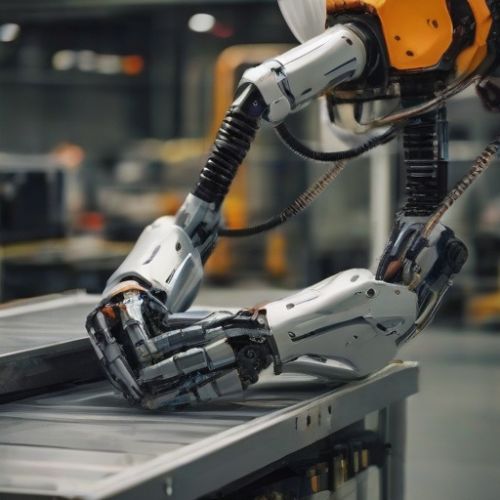
Revolutionizing manufacturing processes, industrial robots are pivotal in automating production. Their significance lies in optimizing efficiency and precision, transforming the industry landscape. Applications include assembly, welding, and material handling, enhancing productivity and quality standards.
These robots, such as Kiva Systems, have truly revolutionized manufacturing, playing a crucial role in driving progress and innovation in the field.
Service Robots: Making Life Easier
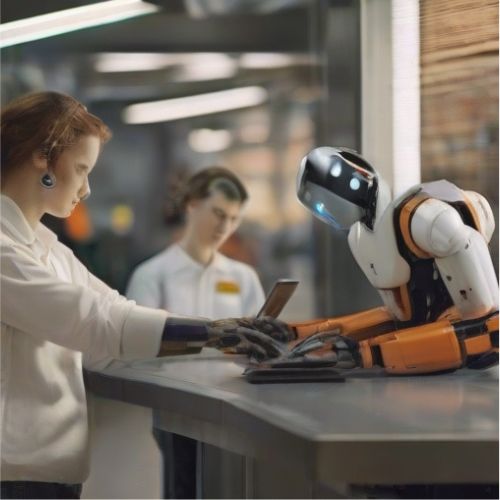
From hospitality to healthcare, service robots automate tasks, making life more convenient. Their significance lies in enhancing efficiency and service delivery.
These robots create ease in daily living by assisting in various environments. From robotic vacuum cleaners to autonomous delivery robots, service robots play a crucial role in modern life, improving the quality of services and reducing human effort.
Medical Robots: Innovating Healthcare
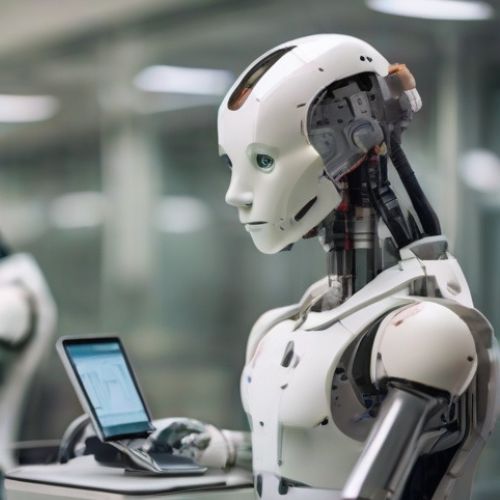
Innovating healthcare, medical robots have revolutionized precision surgical procedures and diagnostics. Their applications extend to minimally invasive surgery and telemedicine, enhancing patient care and treatment outcomes.
Providing advanced technological solutions, medical robots integrate robotics and artificial intelligence in the medical field, reflecting significant evolution. Their impact is pivotal in enhancing healthcare with innovative robotic interventions.
Social Robots: Enhancing Human Interaction
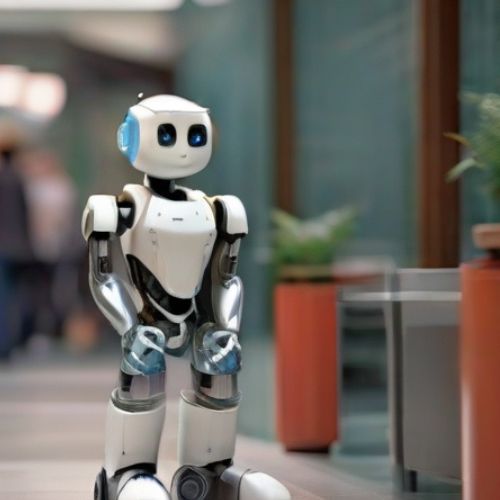
Enhancing human interaction, social robots are designed for engaging in various settings, from education to entertainment. Their significance lies in facilitating personalized experiences and communication.
They contribute to fostering meaningful human-robot relationships, making them pivotal in enhancing human interaction. From humanoid robots to interactive AI assistants, social robots play a pivotal role in fostering meaningful human-robot relationships.
Educational Robots: Making Learning Fun and Interactive
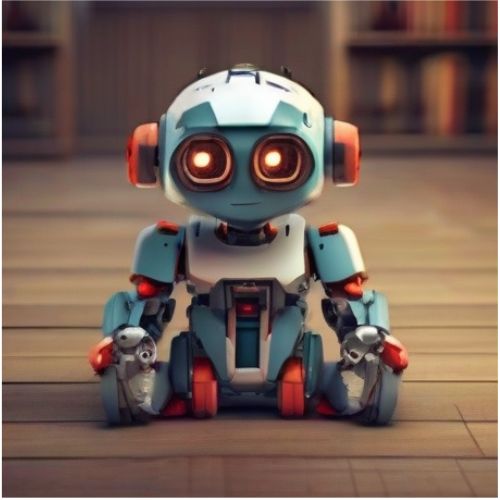
Engaging students in practical, hands-on experiences, educational robots foster problem-solving and creativity. They teach various subjects, including STEM, adapting to different learning styles, and enhancing the educational experience.
Programmable for specific tasks, these robots provide a platform for experimentation and learning, making education fun and interactive.
Military Robots: Aiding Defense and Security
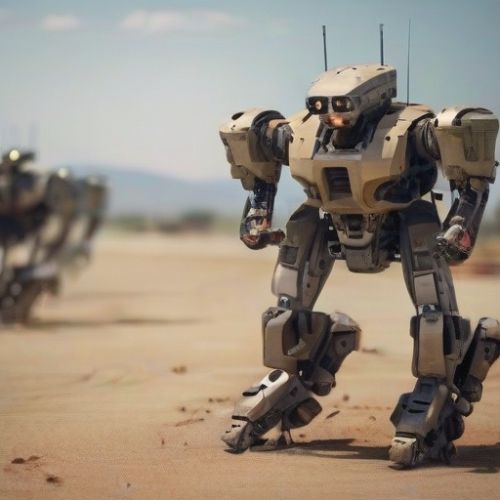
The utilization of military robots extends to crucial tasks like reconnaissance, bomb disposal, and surveillance, which reduce risks for human soldiers. Equipped with advanced sensors and artificial intelligence, these robots contribute significantly to national security by performing dangerous and complex missions, minimizing human casualties, and playing a crucial role in modern warfare.
The aid provided by military robots, in various military applications, is imperative for national defense and security.
Humanoid Robots
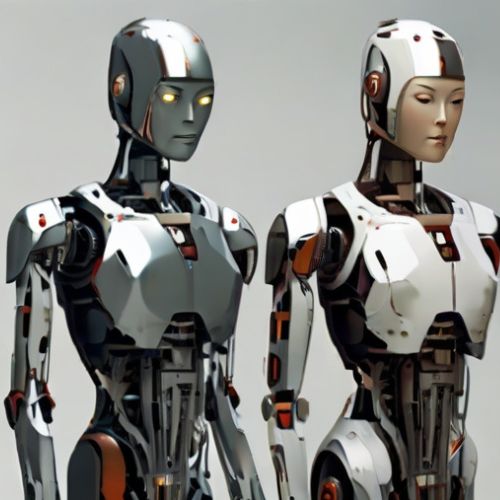
With the ability to resemble and mimic human body movements, humanoid robots, including entertainment robots, are designed for human-like interaction and task performance. Their applications span entertainment, research, and medical fields, integrating artificial intelligence and sensory systems for human-like functionality.
Often utilized in scenarios where human intervention may be challenging or risky, these robots have proven their worth in various domains.
Autonomous Robots
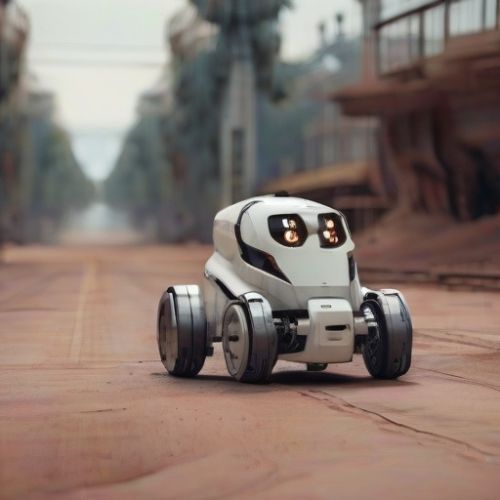
Autonomous robots, powered by sensors and artificial intelligence, function independently, minimizing human intervention. They are commonly used in industrial automation and surveillance and adapt to dynamic environments, making real-time decisions.
Their role in streamlining processes and boosting efficiency is significant, contributing to various sectors such as exploration and production. Autonomous robots represent a milestone in the evolution of robotic technology and its diverse applications.
The Role of Robots in Different Sectors
The application of robots varies across different sectors. Industrial robots, found in manufacturing, automate repetitive tasks, with an estimated 45% of production being automatable. Domestic robots aid in household chores, while service robots assist in healthcare and hospitality.
Military robots are utilized for surveillance and combat, and agricultural robots automate farming processes. Educational robots are used to teach students about robotics and programming.
Robots in the Manufacturing Industry
Robots are extensively utilized in manufacturing processes for tasks such as assembly, painting, and material handling. They contribute to enhancing production efficiency, consistency, and product quality.
Industrial robots are equipped with specialized tools and sensors to perform diverse manufacturing tasks and are integrated into flexible manufacturing systems, enabling rapid adaptation to production demands, thus modernizing manufacturing operations and enhancing competitiveness by replacing human labor with robots.
Robotics in Healthcare
Robotics in healthcare covers various applications like robotic surgery, rehabilitation, and patient care. Medical robots aid in precise surgical procedures, reducing risks, and enhancing patient outcomes.
They also assist in physical therapy, promoting patient recovery and mobility. Overall, healthcare robotics contributes to advancing the quality of care by offering innovative solutions for medical challenges.
Robots in the Defense Sector
Robots are deployed in the defense sector for border patrolling, intelligence gathering, and logistics support, enhancing situational awareness and operational capabilities. Engineered to withstand harsh conditions, they contribute to cost-effective defense strategies while minimizing risks to human personnel.
These robots play a significant role in strengthening national defense and security, showcasing their vital importance in safeguarding nations.
Impact of Robots on Employment and Economy
Robots are replacing manual labor in various industries, leading to job losses for humans. They can work faster and more efficiently, leading to increased productivity and profitability. Additionally, robots can perform tasks at a lower cost compared to human labor, resulting in cost savings for companies.
The use of robots also requires skilled technicians to operate and maintain them, leading to a demand for specialized workers and driving economic growth and development.
Understanding the Job Market in the Robotic Era
The integration of robots in industries creates opportunities for new job roles, such as robot maintenance and programming. The demand for skilled workers to collaborate with robots and advanced automation systems is increasing.
The robotic era emphasizes the need for upskilling and reskilling the workforce to adapt to technological advancements. It presents economic potential through productivity gains, innovation, and the development of robotics-related industries. Understanding the evolving job market dynamics in the robotic era is essential for effective workforce planning.
Economic Implications of Robot Usage
The integration of robots in industries results in heightened productivity and cost efficiency. Additionally, robots can undertake perilous or impractical tasks, thereby reducing workplace accidents. However, automation through robots could potentially displace jobs in certain sectors, necessitating substantial investment in training and infrastructure.
The economic impact of robots extends beyond manufacturing to various sectors, such as healthcare and logistics.
Ethical Questions Surrounding the Use of Robots
Robotic automation raises ethical concerns about potential job displacement. Questions of robot rights, responsibilities, and accountability in accidents prompt ethical debates. Privacy and data security issues emerge in various applications.
The ethical implications of robots in military and autonomous decision-making are subjects of deliberation. Ethical discussions also arise concerning human interaction in caregiving and elderly assistance using robots.
Future Trends in Robotics
The integration of AI is a key trend, enabling robots to learn and make autonomous decisions. Collaborative robots, or cobots, are gaining momentum in various fields. Advancements in robotic exoskeletons and prosthetics are enhancing human physical capabilities.
The development of swarm robots is revolutionizing exploration and search missions. The evolution of robots with human-like features and emotions is a growing area of interest.
What Does the Future Hold for Robots?
The future of robots is filled with exciting possibilities. From space exploration and colonization to law enforcement and disaster response, robots will continue to play a pivotal role.
They will also find their way into entertainment, art, and interactive experiences, while advancements in medical technology hold promise for intricate procedures. As robots evolve, they will assume diverse roles, providing companionship and industrial support.
Conclusion
In conclusion, robots have become an integral part of our modern world, revolutionizing various sectors and industries. From industrial robots streamlining manufacturing processes to service robots making our lives easier, the different types of robots cater to a wide range of needs. They have also made significant advancements in fields like healthcare, defense, education, and even social interaction.
As we move forward, it is important to keep an eye on future trends in robotics and how they will continue to shape our world. The possibilities are endless, and it’s exciting to see what the future holds for these incredible machines.
FAQs: Types of Robots
What are the 5 most common robots?
The five most common types of robots include industrial robots, medical robots, service robots, collaborative robots, and military robots used for various military purposes.
What are the different types of industrial robots, and what are their applications?
Industrial robots come in various types, including articulated, SCARA, Cartesian, delta, polar, cylindrical, and collaborative robots. These robots have different applications across industries. For example, articulated robots, with joints resembling a human arm, are commonly used in welding, painting, and assembly processes. SCARA robots excel in pick and place operations in electronics and pharmaceuticals. Collaborative robots are designed to work alongside humans and find applications in packaging, inspection, and testing tasks.
- Understanding the Landscape of Cloud Vulnerability Management - March 25, 2024
- Quality Assurance Strategies for Startups: Ensuring Software Reliability - March 5, 2024
- Working of NLP to Improve Copywriting in AI Paraphrasing Tool - February 28, 2024

